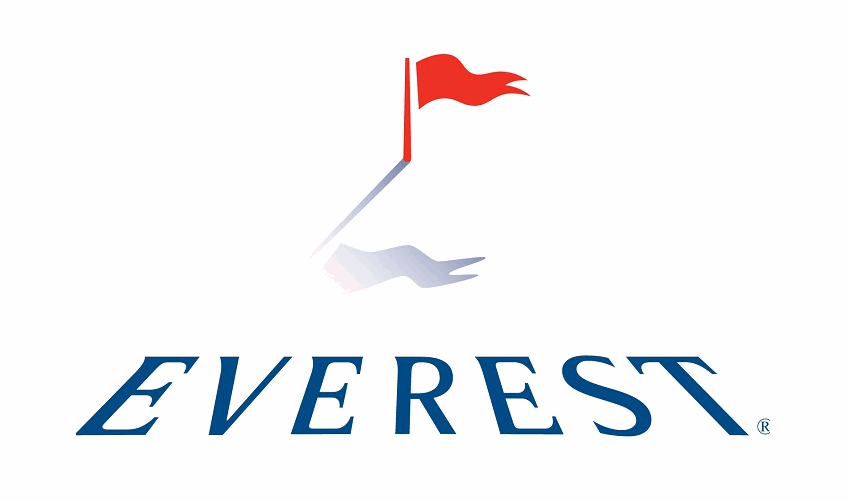Global insurance and reinsurance company Everest Re has reported a strong second-quarter of results, with its reinsurance book expanding almost 40% on a gross premium basis, but with catastrophe losses a little ahead of the prior year.
 The set of results reported by Everest Re bode well for the firms Mt. Logan Re Ltd. collateralized reinsurance sidecar-like vehicle, which is its main third-party capital play.
The set of results reported by Everest Re bode well for the firms Mt. Logan Re Ltd. collateralized reinsurance sidecar-like vehicle, which is its main third-party capital play.
Mt. Logan Re writes collateralized reinsurance business in the main, with a property catastrophe focus, so the growth and strong reinsurance result implies the Mt. Logan Re book should have fared well in the period.
The slightly elevated Q2 catastrophe losses are perhaps ahead of where they may have been anticipated, given the typically benign nature of Q2, but are in no means significant and this likely means Mt. Logan Re will have experienced a positive quarter.
Everest Re reported $680 million of net income for the quarter, taking first-half net income to more than $1.02 billion, far ahead of the pandemic hit 2020 results.
Gross written premiums grew by an impressive 35%, while net premiums rose by 39%, implying strong retention levels and prudent use of capital to expand and also protect the Everest Re books.
Underwriting income came out at $274 million for the quarter, which is after taking account of pre-tax net catastrophe losses of $45 million, which Everest Re said were from several global catastrophe events.
President & CEO Juan C. Andrade commented on the Q2 2021 results, “Everest had an excellent quarter across the board with very strong growth and outstanding underwriting and investment performance. These results serve as the foundation for our exceptional net income result of $1.02 billion through the first half of 2021 and are another important step toward achieving our strategic plan objectives. Everest achieved an annualized Total Shareholder Return (“TSR”) of 22.5% through the first half of 2021, exceeding our strategic plan target of 13.0%. Everest capitalized on market opportunities to expand our franchises in both reinsurance and insurance, driven by the relentless execution of our strategies and the valuable risk solutions provided to our customers and broker partners. Our focus on disciplined underwriting drove strong profitability in both reinsurance and insurance across our global operations. Finally, the standout performance this quarter demonstrates the quality of Everest’s diversified earnings, and it is an important step toward achieving our strategic objectives and the commitments made to our shareholders.”
The catastrophe loss burden in Q2, at $45 million net, was three times higher than the previous years $15 million.
But still, Everest Re reported a loss ratio of 62% across the business, better than the previous year’s almost 69% and the combined ratio at 89.3% was well below Q2 2020’s 97.5%.
For the first-half the combined ratio now stands at 93.6%, despite $305 million of first-half catastrophe losses, much better than H1 2020’s 97.5% combined ratio on just $45 million of catastrophe losses.
Which clearly marks improved performance post COVID, but also suggests Everest Re’s book is earning out better than prior years.
Reinsurance is our area of greatest interest, given the read across to the firm’s Mt. Logan Re collateralized reinsurance vehicle.
Gross premiums increased by 40% during the second-quarter, with “broad demand for our reinsurance solutions in the US and across the world, notably in Europe, Bermuda, London, and Latin America,” Everest Re said.
The company said that, “growth was well balanced by product line and geography and illustrates our ability to deploy capital strategically in attractive markets and in attractive and diversifying product lines.”
Adding that, “We had favorable renewals at April 1 and June 1 and we continue to write a stronger, less volatile, more diversified, and more profitable book on a risk adjusted basis.”
Again suggesting that Everest Re made strong use of its ability to retain more business and managed its protection efficiently, the company booked higher net premium growth in reinsurance, of almost 45% for the quarter.
$35 million of the firm’s Q2 catastrophe losses hit the reinsurance business, but still the combined ratio was only 87.9%, much better than the prior year’s 86.7%.
All of which suggests the reinsurance book at Mt. Logan Re should also have had a strong quarter, benefiting from the still relatively benign loss environment and the opportunity presented by Everest Re’s strong growth.
As a reminder, Everest Re’s CEO recently explained that the company is targeting significant growth for Mt. Logan Re.
 View all of our Artemis Live video interviews and subscribe to our podcast.
View all of our Artemis Live video interviews and subscribe to our podcast.
All of our Artemis Live insurance-linked securities (ILS), catastrophe bonds and reinsurance video content and video interviews can be accessed online.
Our Artemis Live podcast can be subscribed to using the typical podcast services providers, including Apple, Google, Spotify and more.































